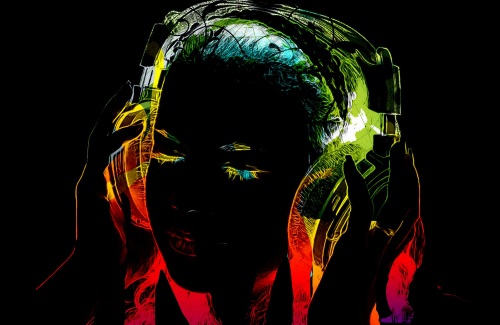Many live mixes are not only too loud, but also sonically unbalanced. I got to thinking about this (again) when recently re-reading “How Loud Does It Need To Be?” by Peter Janis of Radial Engineering here on ProSoundWeb.
Yes, I’m saying it right here: far too many live mixes are just plain bad. That is, too much bass, too many highs, and dynamics out of control. Add this to SPL in excess of 110 to 115 dB and it’s not only painful, it’s usually a poor version of the intended mix of the song.
Why does this happen? Isn’t there some meter or app that will tell us when the mix is dialed in? And don’t those digital mixers mix the band for us automatically? No and No.
The final music mix is solely decided by one person: the front of house engineer (and sometimes the producer standing beside him). That mix is filtered by their ears and listening experience. As Peter alludes to, these unbalanced mixes are caused not only by hearing damage from years of just plain too loud, but also by our brain’s auto-balance control of the spectrum of the mix.
I’d like to offer one more possible reason for this problem, along with a solution. Just like we are what we eat, we mix like we listen. And if we listen badly, well, we’re going to pay the price.
Want Fries With That?
When I was a young musician in the 1960s, I didn’t own a decent hi-fi system, so it was difficult to find out what songs really sounded like in the studio. My inexpensive record player with a 3 x 5-inch mono loudspeaker was my initial schooling in what Jimi Hendrix, Led Zeppelin and Santana sounded like. Because it was “all mid range all the time” with little in the way of lows or highs (think whizzer cone on the loudspeaker), that’s pretty much what our bands sounded like.
Further, my first PA, a Kustom 100, had four 10-inch cones per cabinet but really only carried vocals. But it sounded just fine to us (at least most of us) at the time since we’d never heard a real full-range system. What we were listening to set our opinion on what sounded acceptable.
I call this the cheap cheeseburger effect – if you only eat fast food, then fast food becomes acceptable. But eat a really great steak at a chophouse and all of the sudden that burger doesn’t taste quite as good the next time.
Mix Like You Listen
Just as there’s no “suck knob” on the console, there’s also no “great mix knob.” That control is located inside of our heads, not on the physical mixing console. And just as we train our taste buds as to what tastes great, so we train our ears as to what sounds great. Listen to a lot of unbalanced sound systems with badly mixed music and that’s what we’ll end up mixing. Listen to great mixes on a well-balanced system and we begin to really understand how the Grammy Award-winning folks do it.
This is not complicated. It begins by listening to and analyzing great mixes on great sound systems on a regular basis. (Yes, listening to great music on a great sound system is your homework assignment. You may thank me now…)
Bad Apple
A few years ago I was teaching a live sound mixing seminar at a big church in Texas. One of the students informed me of how crappy my mixes sounded. Rather than get defensive, I asked him what he thought was wrong. First he added that nearly all mixes for all artists on all albums were pretty much terrible, and then went on to describe the sound system he was fortunate enough to have at his church. It included a lot of quality pro-level loudspeakers and amplifiers, as well as a ton of subwoofers. (Probably twice as many subs needed for even heavy bass-oriented music, but anyway…)
He noted that even when playing acknowledged top-quality mixes on this system, they sounded “wrong.” He’d contacted tech support at the loudspeaker manufacturer who (I gathered, reading between the lines) politely informed him that he was nuts. Engineers visiting his church told him likewise, as did the congregation and band.















